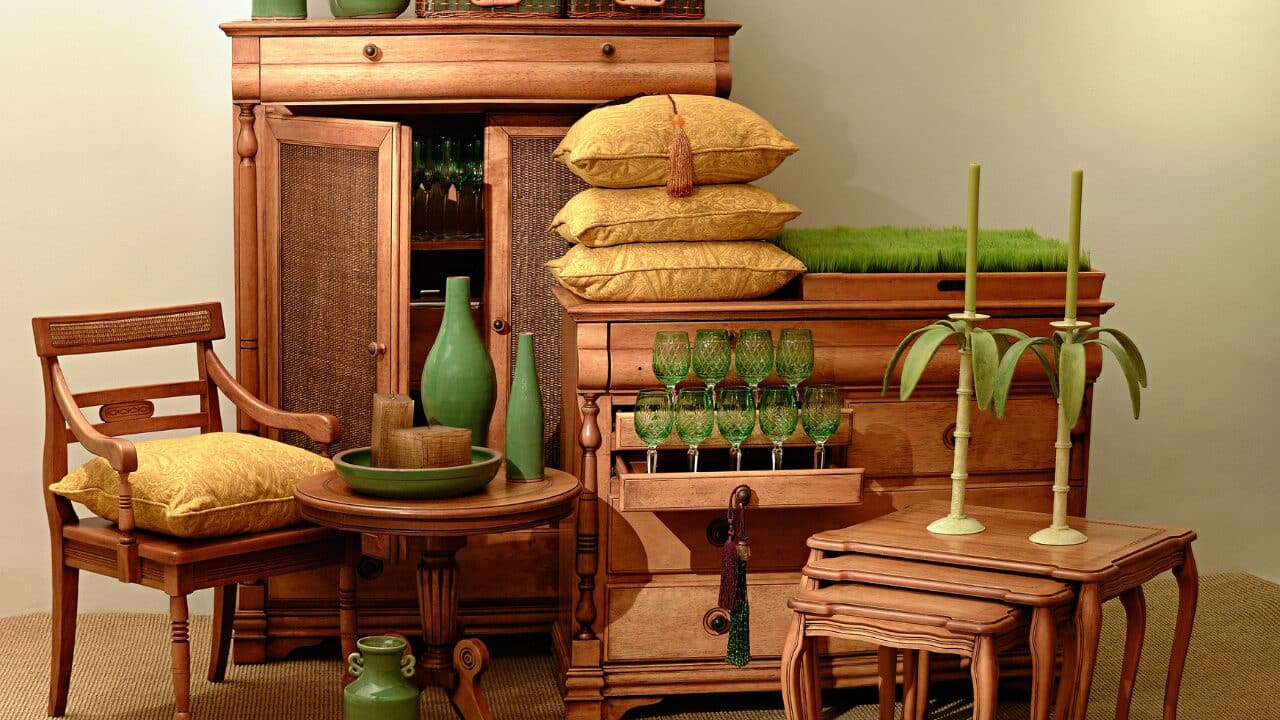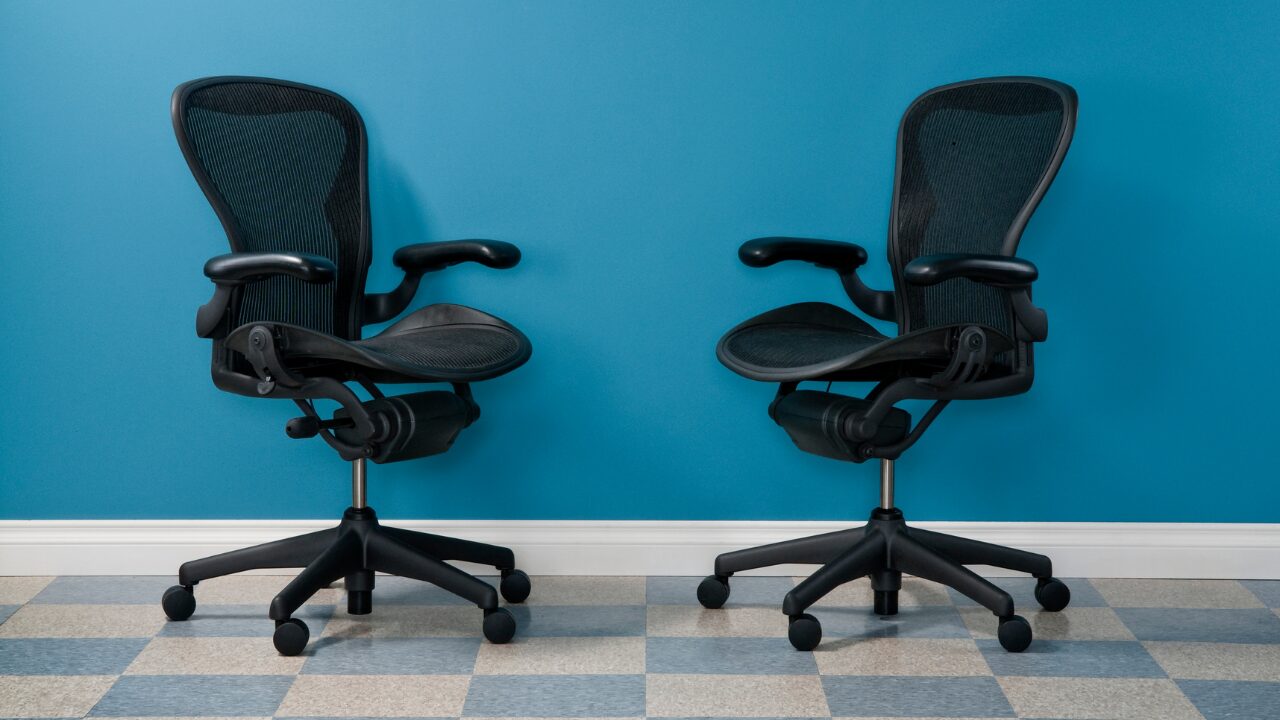Combining antique and modern elements in interior design creates visually compelling spaces rich in narrative and texture. This eclectic approach can imbue a room with a sense of history, depth, and sophistication, transcending conventional design paradigms to craft environments that speak to their tastes and history.
However, achieving a harmonious blend of old and new requires a keen eye for balance, scale, and color, along with a thoughtful selection of pieces that resonate with each other. This article delves into how to masterfully mix antique and modern furniture, offering guidance on creating cohesive and inviting interiors that celebrate the beauty of both eras.
Table of Contents
Understanding the Basics of Mixing Eras
A deep understanding of design fundamentals lies at the heart of a successful blend of antique and modern furniture. The interplay between different periods can enrich a space, offering a layered, textured aesthetic that speaks volumes. To master this mix, one must consider:
Embracing a Unifying Element
Identifying a cohesive factor is crucial. It could be a recurring material, such as wood or metal, a color scheme that weaves through your space, or a stylistic theme that connects different pieces. This unifying element acts as a thread, binding the room’s narrative together and ensuring a coherent visual flow.
Balancing Scale and Proportion
The dialogue between a grand, ornate antique piece and a sleek, minimalist modern counterpart can be captivating. Yet, this relationship must be carefully curated to maintain a room’s balance. Consider the visual weight of your pieces, aiming to distribute attention across the room without overwhelming any single area.
Mixing Textures and Materials
The contrast between the worn, tactile surface of an antique and the smooth, clean lines of a modern piece can create a dynamic sensory experience. This juxtaposition adds visual interest and invites touch, enhancing the room’s appeal.
Selecting Antiques That Complement Modern Aesthetics
The art of selecting the proper antiques involves looking for pieces that offer timeless elegance—items that, despite their age, possess a form and function that resonate within contemporary settings. Here’s how to curate antiques for a modern blend:
Focus on Quality and Craftsmanship
Opt for antiques with a story, those that showcase the skill and time invested in their creation. These pieces bring authenticity and depth to your space, enriching the modern elements with history and character.
Consider the Piece’s Form and Function
An antique should be more than just a decorative accent; it should serve a purpose. Whether it’s a writing desk that doubles as a focal point in a living room or a vintage chest that offers storage, functionality ensures that your antiques blend seamlessly with modern necessities.
Play with Contrast
Leveraging contrast effectively can elevate the entire design. An intricately carved antique mirror can become a stunning statement piece against a minimalist backdrop, just as a bold, modern sculpture can draw the eye into a room of classical furnishings.
Creating a Cohesive Design Narrative
Crafting a space that harmoniously blends eras demands a thoughtful approach. Below are strategies to ensure your mix feels intentional and unified:
Use Color to Unify
A carefully considered color palette can serve as a strong unifying force. Neutral backgrounds allow pieces from different eras to shine without competing, while deliberate pops of color can draw attention to special items, creating a rhythm and flow within the space.
Incorporate Modern Art
Art can bridge the gap between old and new, providing a contemporary context highlighting the beauty of antique pieces. A modern painting above an antique console or a vibrant sculpture on an aged wood table can create focal points that celebrate both eras.
Layer Lighting
Thoughtful lighting design can accentuate the dialogue between antique and modern elements. A sleek, contemporary floor lamp beside an antique armchair or a series of modern pendants illuminating an antique dining table showcases each piece and enhances the room’s ambiance.
The Impact of Mixed-Era Interiors
Interiors that successfully marry antique and modern elements often exude a sense of dynamism and depth. These spaces are personal galleries, reflecting the inhabitants’ styles, interests, and histories.
Regardless of era, they stand as testaments to the timeless appeal of quality design. Notable examples of mixed-era interiors underscore the transformative power of this approach, revealing that a thoughtful blend can elevate a space to new heights of sophistication and allure.
Such environments invite exploration and conversation, offering layers of discovery that enrich the experience of the space.
For those intrigued by the potential of mixing antiques with modern design, exploring resources that offer a wide range of furniture options is essential. The Kreiss Furniture Catalog is an exemplary destination for those seeking inspiration.
It showcases a diverse collection of furniture that bridges the gap between eras, highlighting pieces that blend traditional craftsmanship with modern aesthetics. This resource can spark ideas and provide practical solutions for achieving a balanced, beautiful mixed-era interior.
Tips for Implementing Mixed-Era Design
Creating a cohesive mixed-era interior requires more than just an appreciation for different design periods; it demands a strategic approach to selection and placement. Here are some additional tips to guide your design process:
- Start with a Plan: Before purchasing pieces, envision the overall look you aim to achieve. Create mood boards or use design apps to mix and match furniture and decor virtually. This planning stage helps prevent impulse buys that don’t fit your vision.
- Choose a Focal Point: Design your space around a critical piece. It could be a dramatic modern artwork or a substantial antique piece of furniture. Let this focal point guide the selection and arrangement of other items, ensuring they complement rather than compete with it.
- Mix with Intention: Every item in your space should serve a purpose, whether functional, aesthetic, or emotional. Avoid clutter by being selective, ensuring each piece contributes to the overall design narrative.
Conclusion
Mixing antique and modern furniture opens up a world of design possibilities, allowing for spaces rich in history, personality, and style.
By adhering to principles of balance, scale, color, and selection and by approaching the process with intention and creativity, anyone can craft interiors that are both timeless and deeply personal.
As you embark on this design journey, remember that the goal is not simply to fill a space but to curate an environment that resonates with your unique taste and vision, a place that feels like home.





